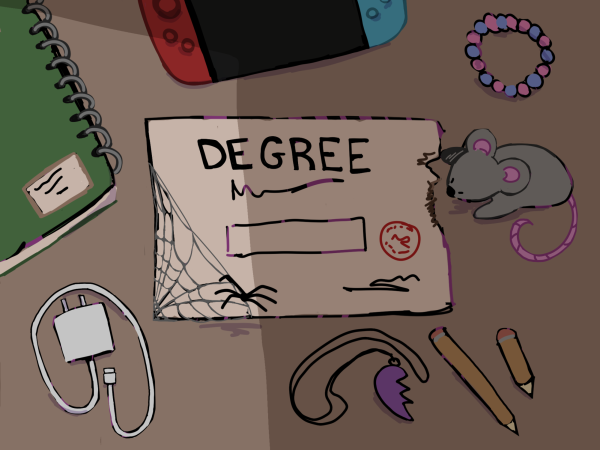Common Core, good idea bad execution
The Common Core system has been surrounded by a cloud of critical discourse ever since its conception.
Many argue that the new education program overcomplicates traditional methods of problem solving, while some argue that it provides students with a greater conceptual understanding of that which they learn.
Common Core was developed to create a clear set of shared goals and expectations in English and math at every grade level so students are prepared for college and beyond.
The program has been adopted by 42 states, but several of these states have since decided to repeal or replace it.
Much of the controversy surrounding the system is its uniformity and its manner of teaching concepts traditionally taught in simpler ways.
While Common Core’s weakness lies in its attempt to teach all students in the exact same way, its greatest strength is in the curriculum itself.
The idea of teaching fewer concepts in greater depth is a revolutionary step in education, but its implementation in this form is lacking.
Common Core attempts to change the way students approach problems fundamentally.
For example, the system encourages students to develop a “number sense” when solving math problems.
This means that instead of following step-by-step algorithms when solving subtraction problems, students learn that subtraction is fundamentally the distance between two numbers.
By understanding the fundamentals of mathematical concepts, students are able to apply this way of thinking to higher levels of math.
This enables students to innovate and create their own unique ways of solving problems rather than relying on the teaching of algorithms to solve them.
In short, Common Core is designed to teach students to think critically above all else.
But no two students learn in the exact same way and a nationwide and uniform way of teaching only worsens this problem.
The National Governors’ Association, an organization of state governors who meet on national issues and inter-state initiatives, currently mandates Common Core.
This makes it seem as if the Common Core system is controlled by the states with no intervention from the federal government.
But the federal government has implemented the Race to the Top initiative, a competitive grant of $4.35 billion awarded to states who adopt Common Core policies.
Conversely, states can face cuts in funding if they do not implement the system.
If Common Core is designed to teach students how to think critically and solve problems in unique ways, why are students only taught one method of solving problems?
The implementation of Common Core is flawed in that it replaces old methods of solving problems with new methods designed to teach the fundamental concepts.
These new methods only further confuse students.
Instead of teaching students the fundamental concepts, Common Core forces students to follow methods with the intention of teaching fundamental concepts at the risk of being marked down.
In order to truly revolutionize public education, the change needs to be in what students are taught, rather than how they are taught.

